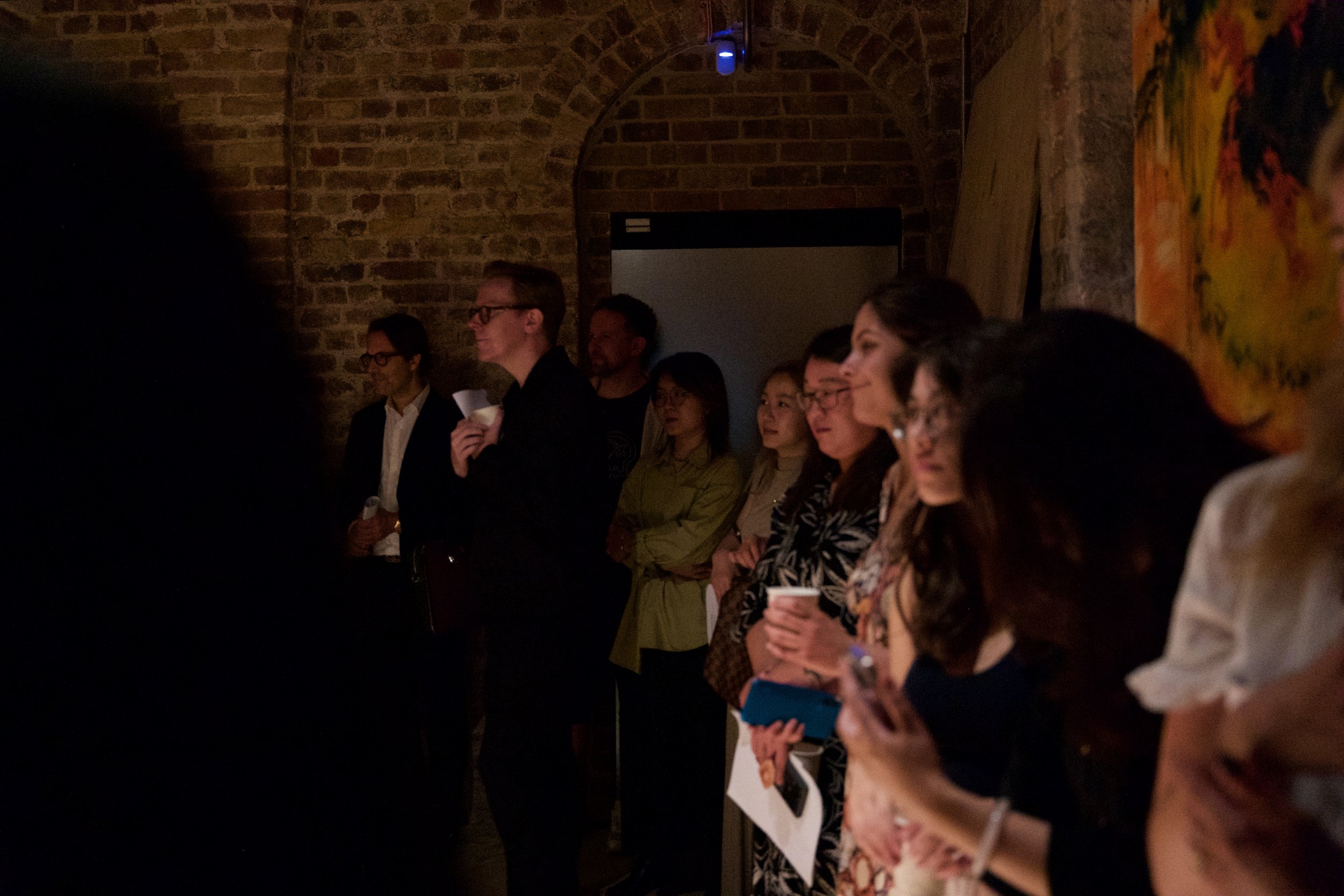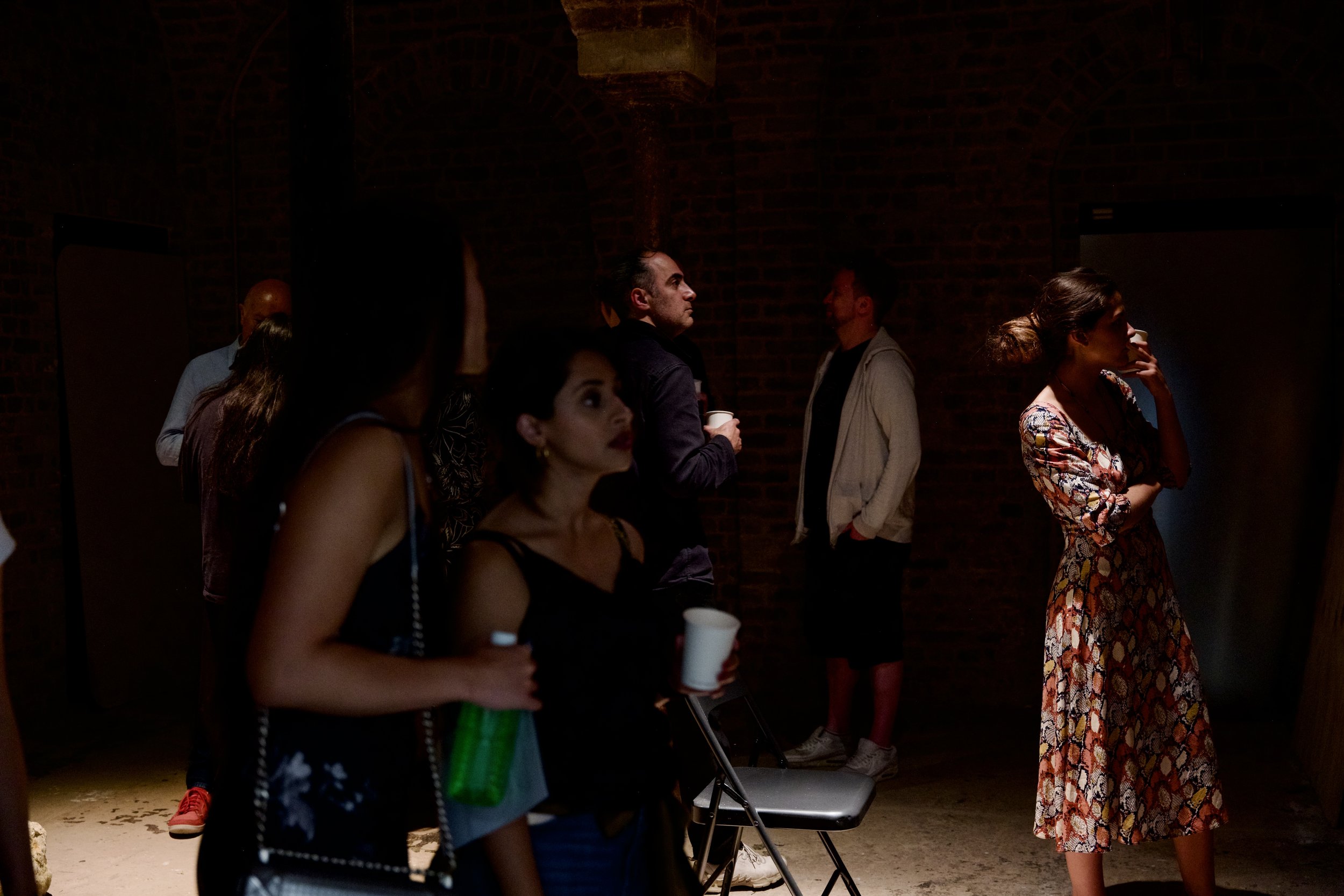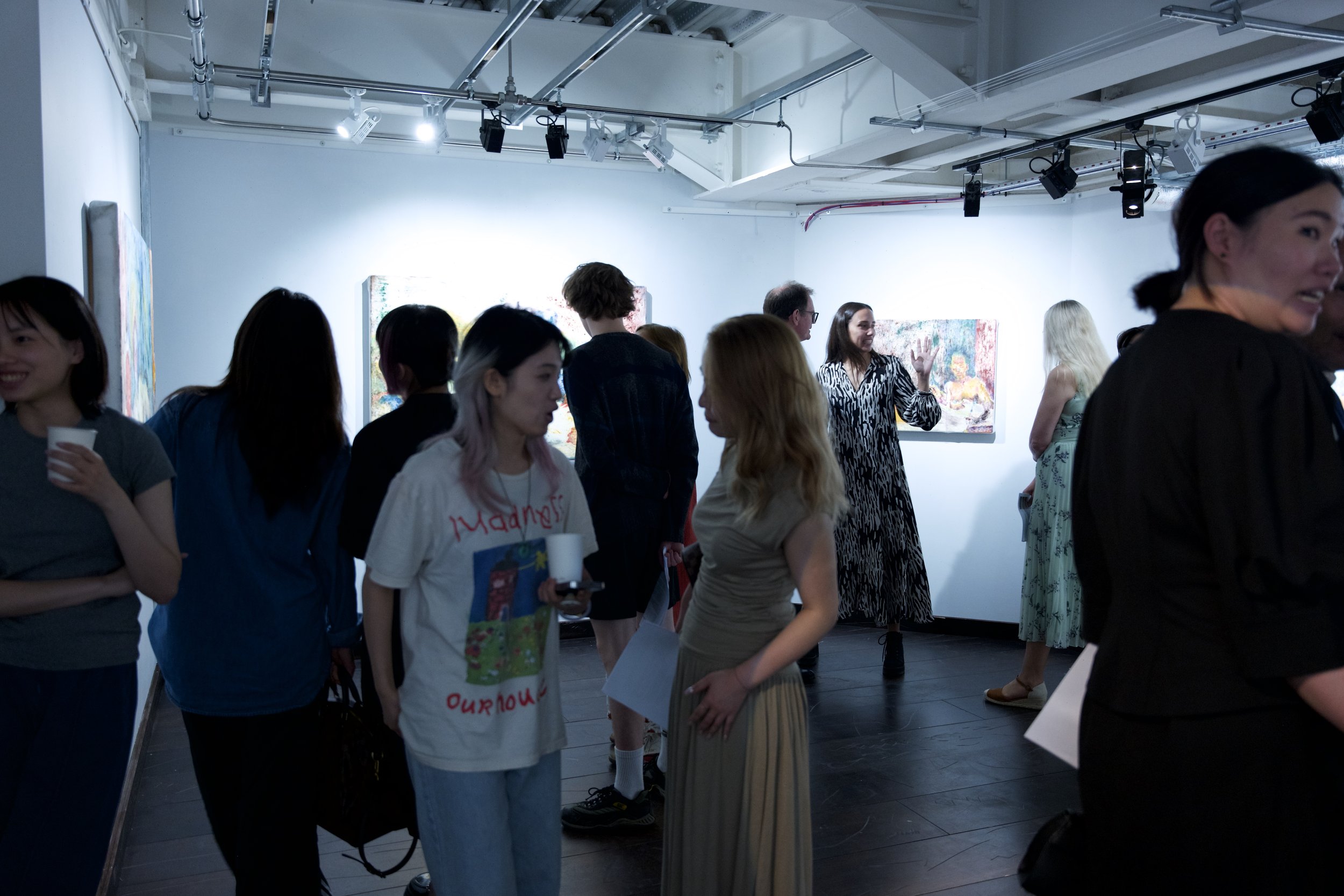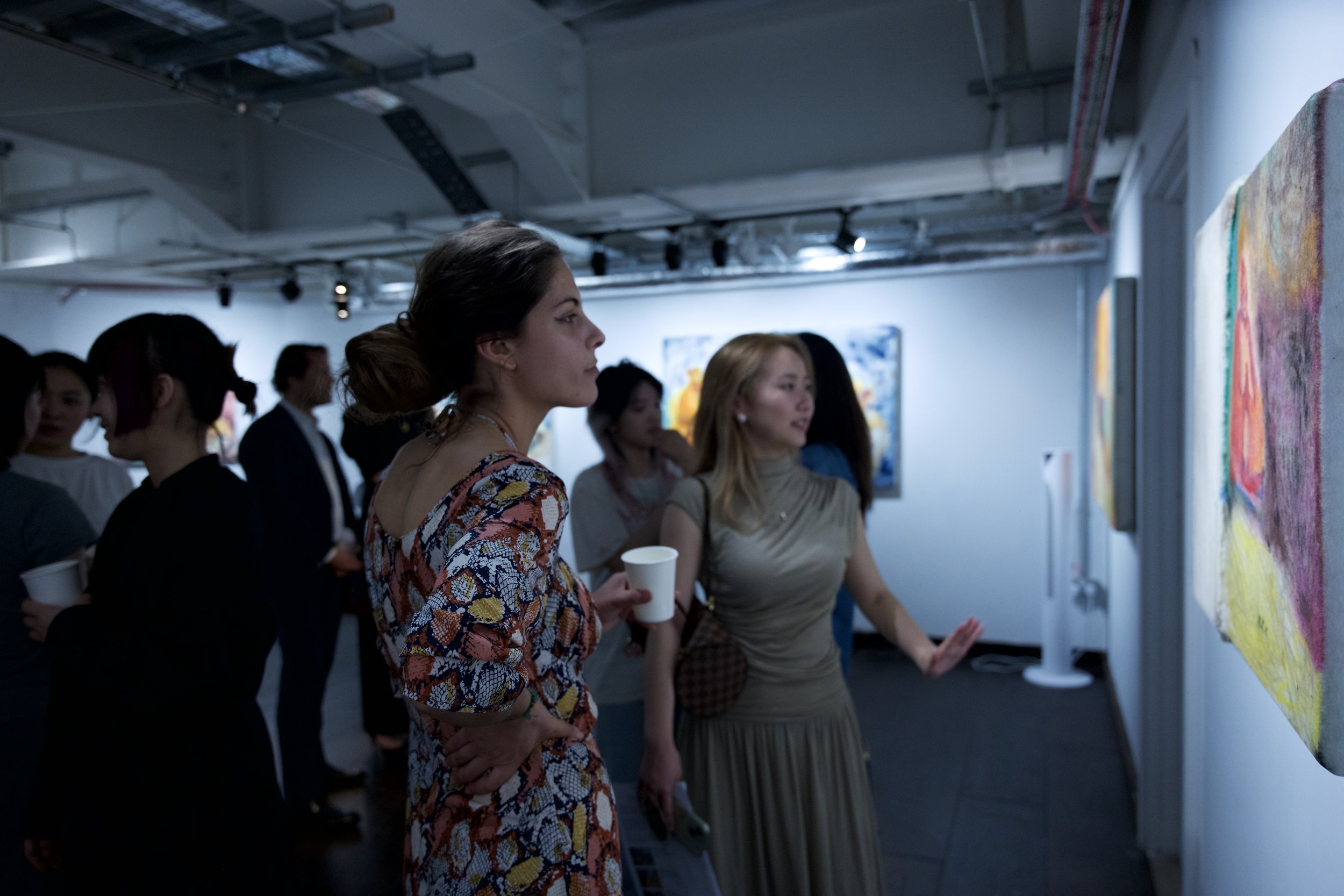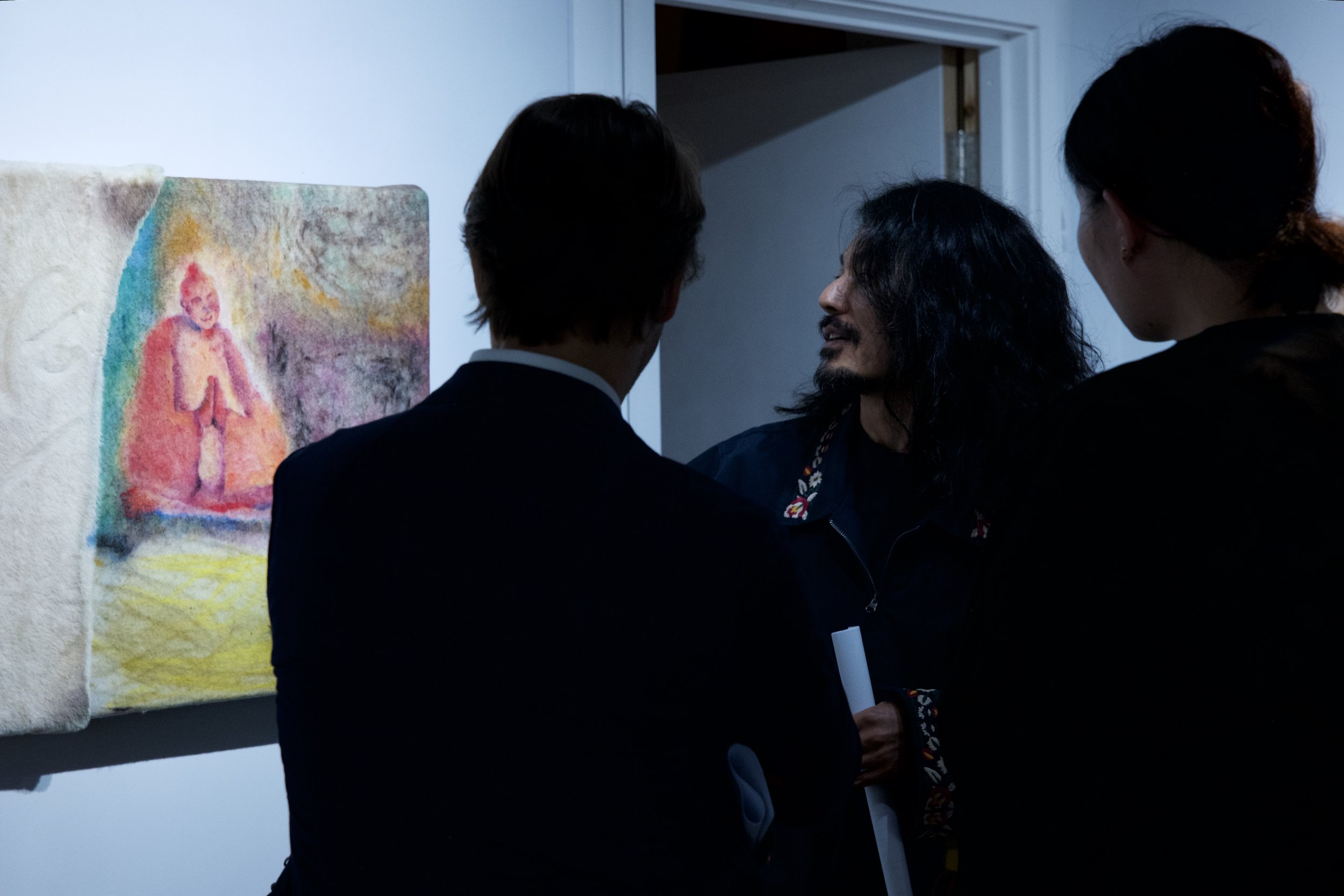Zhuo Xiong’s Solo Show: Gone With the Wind.
The Vault of National Gallery, London
This series of works originates from the artist's reflection on his childhood. During his youth, Inner Mongolia underwent significant Sinicization, transitioning from a nomadic to a semi-nomadic, semi-agricultural lifestyle. Despite this shift, felt materials remained integral in daily life, repurposed into various household items and clothing. For the artist, felt became a medium to capture and reflect thoughts and traces of life.
The series is deeply influenced by the artist's perception of materials and his reinterpretation of art history. Using Manet's "Olympia," he creates fictional stories that critique contemporary issues. Growing up in a resource-poor, tightly controlled environment, the artist, a minority ethnic in China, sees parallels in historical events and figures, such as the fluctuating public opinion during the progression of modernism and the stigmatization of women like Victorine Meurent, Olympia's model. Art history, though often glamorous, merely beautifies transient moments.
For the artist, the pigment and casein in his painter’s hands are, therefore, indistinguishable from the powders used across centuries by men and women to embellish their visages. The heavy fiber of felt scrupulously preserves painting traces, and its connection to daily life makes it an ideal medium to express complex emotions and demands.










